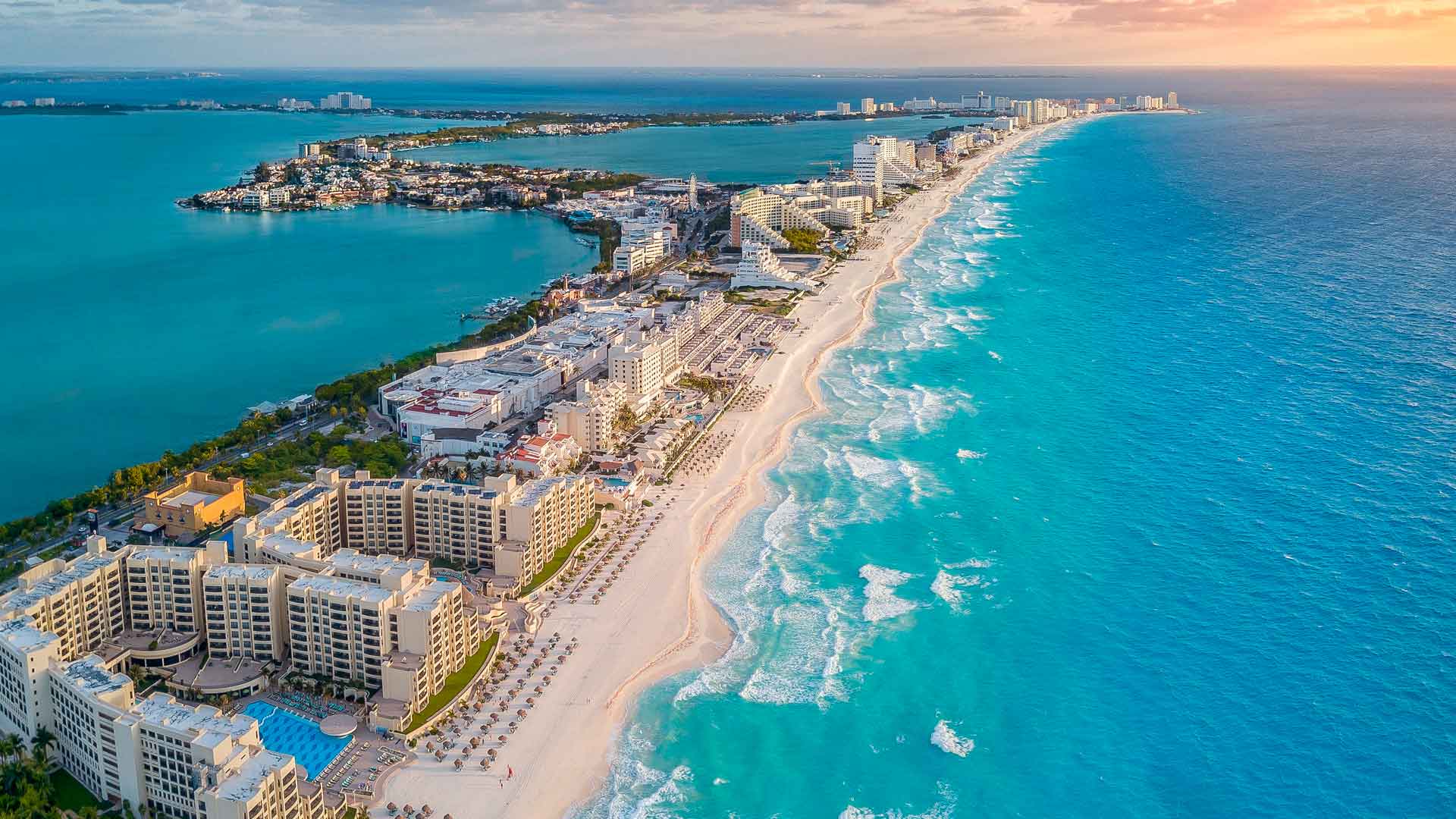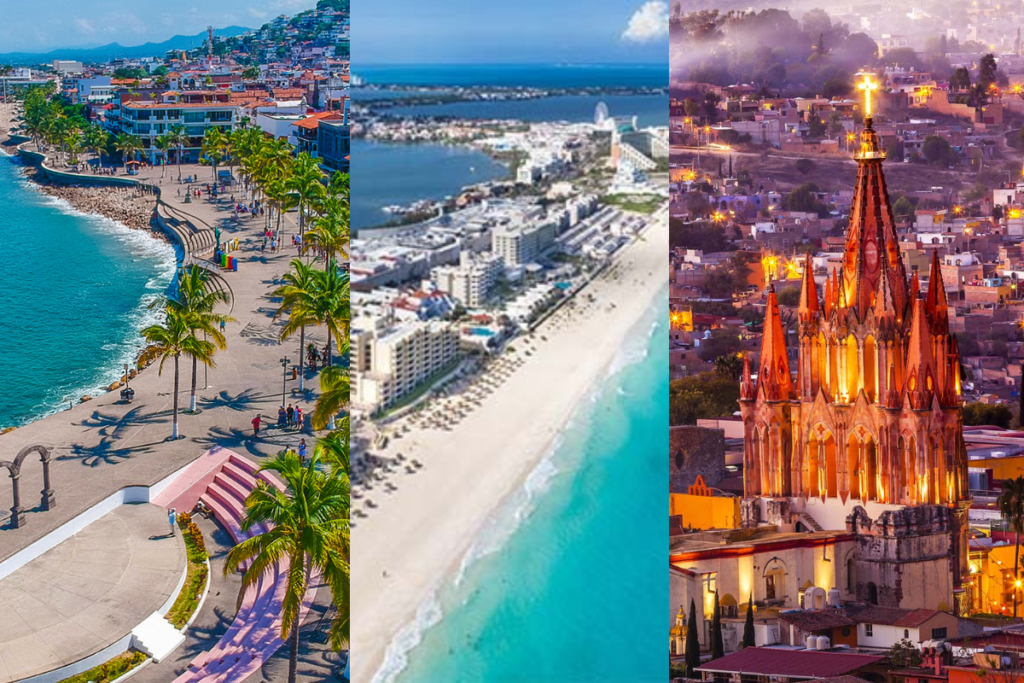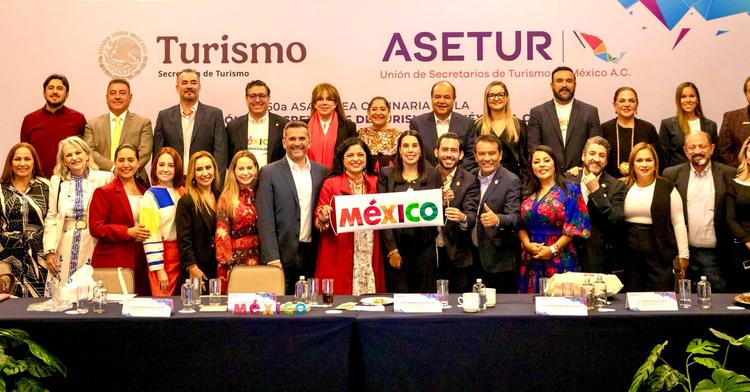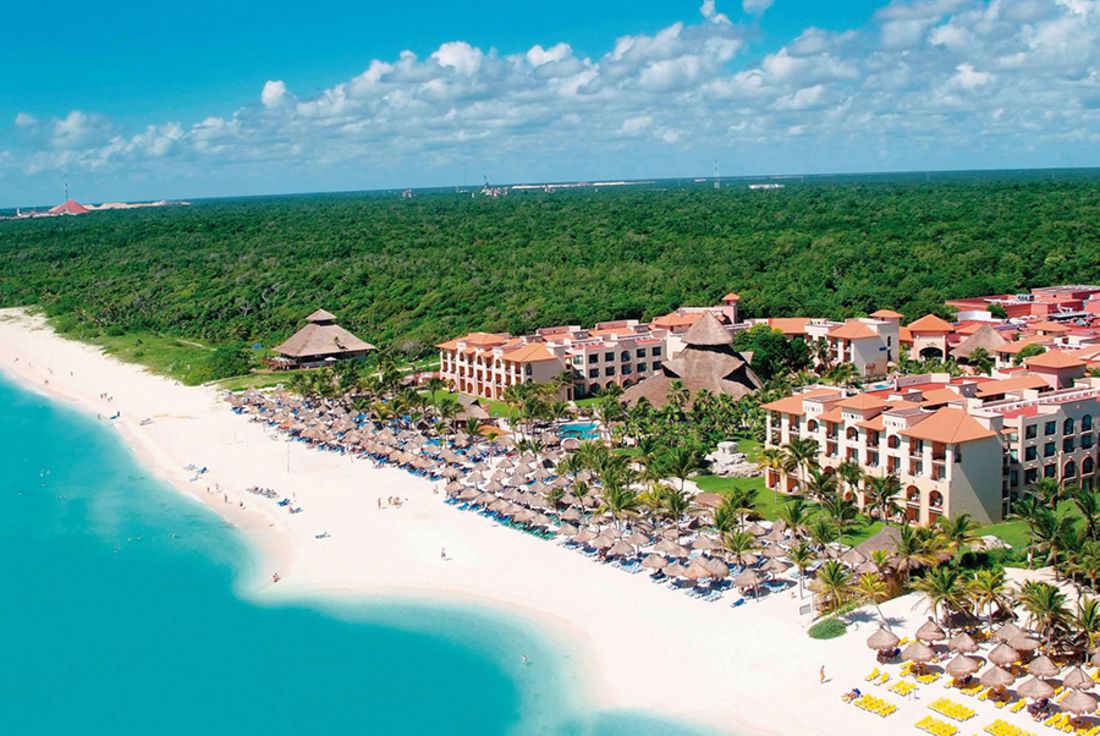
Public-Private Collaboration: The Key to Tourism Growth in Mexico
Mexico has long been one of the most visited countries in the world. Its rich culture, warm hospitality, world-class cuisine, and diverse natural beauty—from mountains to jungles to thousands of miles of coastline—continue to attract millions of visitors every year.
But tourism doesn’t just happen by itself. The sustained growth of the sector relies on something deeper and more strategic: collaboration between the public and private sectors. When governments and businesses work together toward a shared vision, tourism becomes more than an economic engine—it becomes a force for regional development, job creation, and long-term investment.
This kind of collaboration is already shaping Mexico’s future in meaningful ways. In this article, we’ll explore how public-private partnerships (PPPs) are unlocking new destinations, upgrading infrastructure, and maximizing the value of tourism for local communities and investors alike.

A Growing Industry That Requires Shared Effort
Tourism accounts for around 8.5% of Mexico’s GDP and provides millions of jobs, both directly and indirectly. According to the Mexican Secretariat of Tourism (SECTUR), the country welcomed over 42 million international visitors in 2023—making it the second-most visited country in the Americas after the United States.
Yet even with these strong numbers, many regions of the country remain underdeveloped in terms of tourism infrastructure. While destinations like Cancún, Los Cabos, and Riviera Maya continue to thrive, smaller towns with beautiful coastlines or cultural richness are still waiting for investment.
Bridging that gap is where public-private collaboration becomes essential.
What Public-Private Collaboration Looks Like in Practice
A successful tourism development strategy is rarely driven by government or business alone. Rather, it takes a combination of public infrastructure investment, supportive regulation, and private entrepreneurship to unlock the full potential of a destination.
Here are just a few examples of how these collaborations work:
1. Infrastructure Development
Governments build and maintain the highways, airports, ports, and utilities that make tourism possible. Without these foundations, even the most beautiful destination can remain isolated. Private developers often time their investments—hotels, residential resorts, restaurants—to coincide with these upgrades.
Recent examples include:
-
The Tulum International Airport, which opened in 2023, enabling more direct international access to the southern part of the Riviera Maya.
-
Road modernization in Sonora, connecting towns like Puerto Peñasco and Caborca more easily to U.S. markets and domestic tourism routes.
2. Zoning and Regulation
Municipal and state governments establish zoning laws and land use regulations that allow for sustainable tourism growth. These rules can help protect natural areas while ensuring that development proceeds in a structured, coordinated way. Investors benefit from clear frameworks, reduced legal risk, and faster permit processes.
3. Promotion and Branding
Tourism boards at the federal and state level are often responsible for promoting destinations through international marketing campaigns, trade shows, and digital platforms. When businesses and developers align with these campaigns—such as “Visit México” or state-led initiatives—they benefit from global visibility and reputational trust.
4. Investment Incentives
Government programs may offer tax breaks, subsidies, or access to financing for investors willing to take on projects in strategic areas. These programs are particularly valuable in emerging destinations where early investment carries more risk but also higher potential returns.
Success Stories in Mexico
There are several cases in which PPC has transformed high-potential areas into world-class tourist destinations. Some of the most notable examples include:
- Riviera Maya: One of the most successful tourism developments, made possible by significant public investment in infrastructure and promotion, complemented by private sector investments in hotels and services.
- Los Cabos: The region’s rapid growth is largely due to government incentives and the interest of international hotel chains investing in the area.
- Sonora’s Beaches: The state of Sonora has experienced remarkable tourism growth in destinations like Puerto Peñasco. This development has been driven by public-private collaboration, focusing on infrastructure improvements and sustainable tourism promotion.
These cases demonstrate that a well-structured collaboration can turn regions into economic and cultural hubs.

Where This Collaboration Is Working
Some regions in Mexico have become models for successful public-private synergy:
Puerto Peñasco, Sonora
Just a few hours from the U.S. border, Puerto Peñasco (also known as Rocky Point) has seen significant collaboration between local authorities and private developers. Road expansion projects, tourism branding efforts, and cross-border cooperation have made the town a rising star for both American retirees and Mexican travelers.
La Paz, Baja California Sur
Here, government investment in urban planning and environmental preservation has created a sustainable tourism framework. Developers have responded with eco-lodges, boutique hotels, and residential projects that cater to both tourists and expats.
Mérida and the Yucatán Peninsula
Mérida’s growth has been supported by state programs that incentivize real estate and hotel investment, alongside campaigns to position Yucatán as a cultural and historical destination. Investors are capitalizing on this push by developing colonial-style properties, luxury accommodations, and guided tourism experiences.
Why Collaboration Is Essential for New Tourism Zones
Emerging destinations—especially along Mexico’s lesser-known coastlines—require long-term vision and shared responsibility. Without basic services, transportation access, or policy support, private developers are limited in what they can achieve. At the same time, governments often don’t have the resources or expertise to build and operate large-scale tourism projects on their own.
This is why public-private partnerships are not just helpful—they’re essential. They provide:
-
A shared vision for development that balances profit and sustainability
-
Risk mitigation for early-stage investors
-
Community involvement that ensures tourism serves the region, not just visitors
-
Faster timelines for completion and success

Mexico’s Opportunity for Smart, Inclusive Growth
As tourism continues to evolve post-pandemic, travelers are seeking more authentic, less crowded, and more sustainable experiences. This presents a major opportunity for Mexico to move beyond a handful of famous resorts and nurture a wider range of destinations.
From coastal towns in Sonora and Sinaloa to mountain villages and inland heritage cities, the potential is vast—but it requires the right partnerships. With the right planning, new tourism zones can create local jobs, preserve cultural identity, and become long-term engines of economic growth.
Peñasco Capital: Investing in Mexico’s Tourism Future
At Peñasco Capital, we believe that real estate and tourism development must be done with long-term vision and local collaboration. That’s why we work closely with communities, authorities, and private investors to support high-impact projects that align with public efforts and natural potential.
We specialize in identifying and investing in regions that are poised for growth—before the crowds arrive. Whether it’s beachfront land, residential tourism housing, or infrastructure-linked opportunities, we help bring capital, expertise, and purpose to every project.
If you’re looking to be part of Mexico’s next generation of tourism success stories, let’s build it—together.




